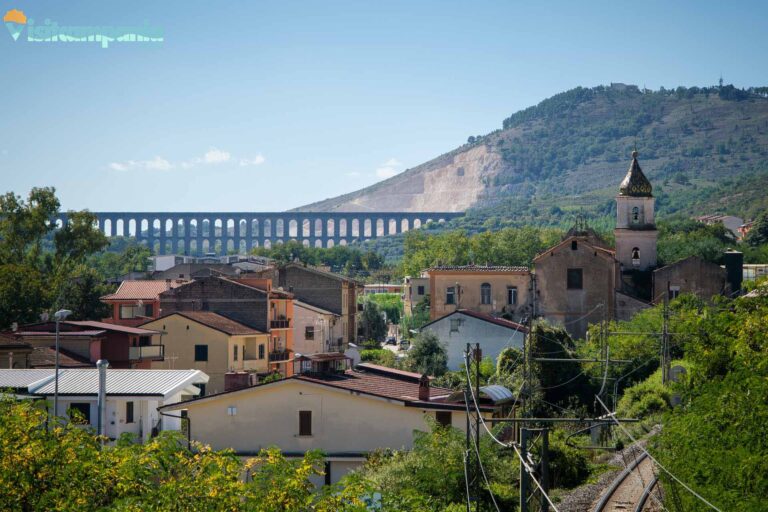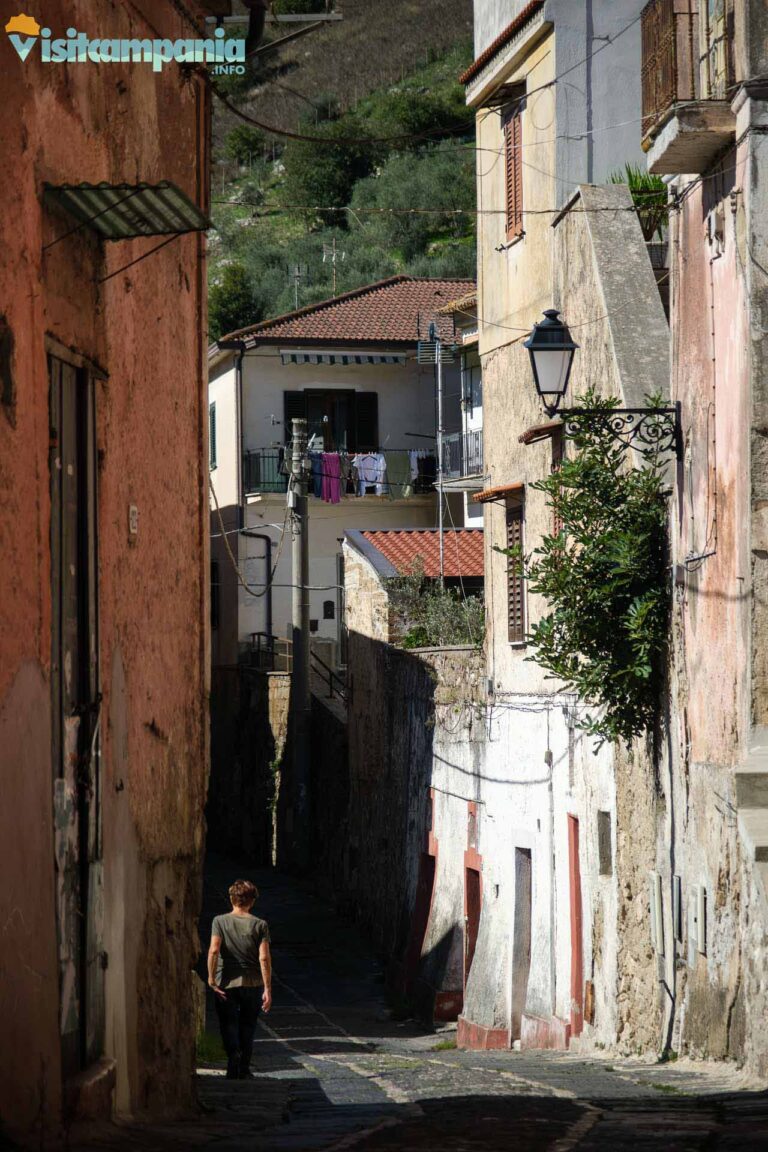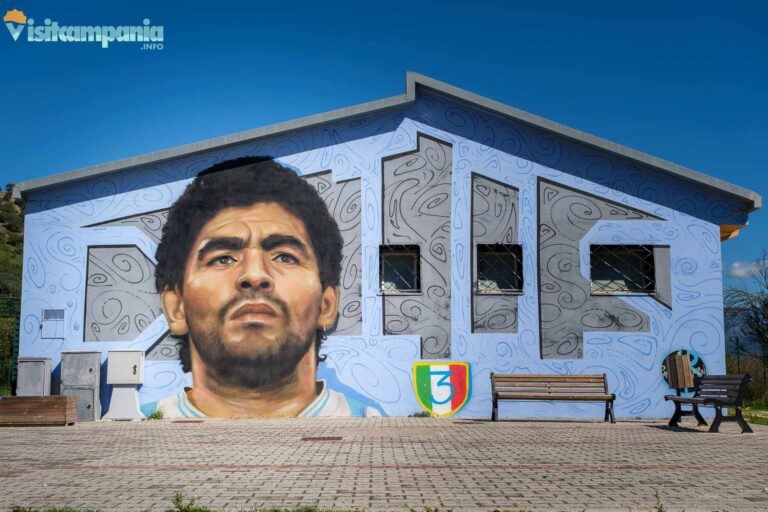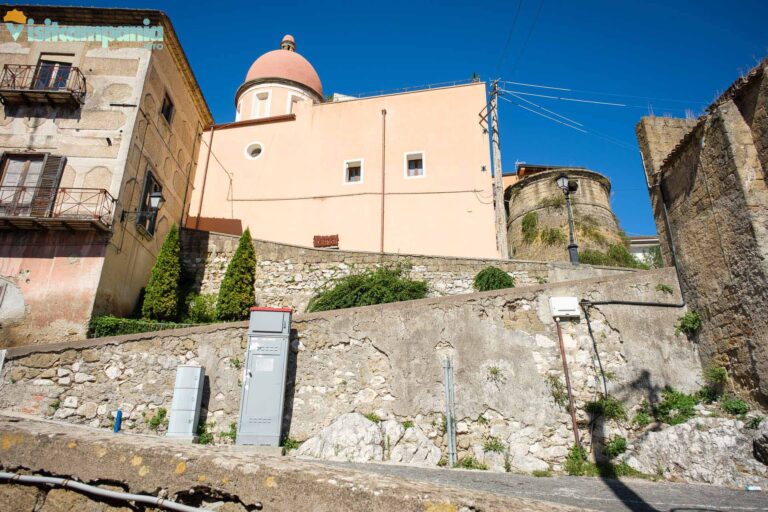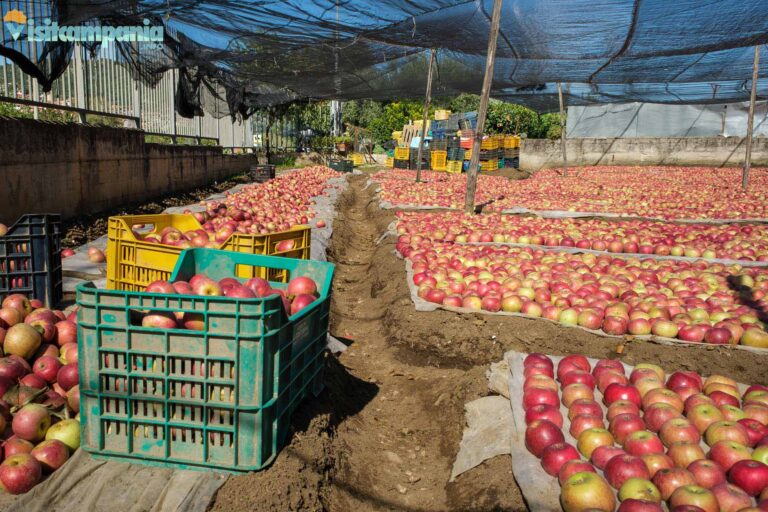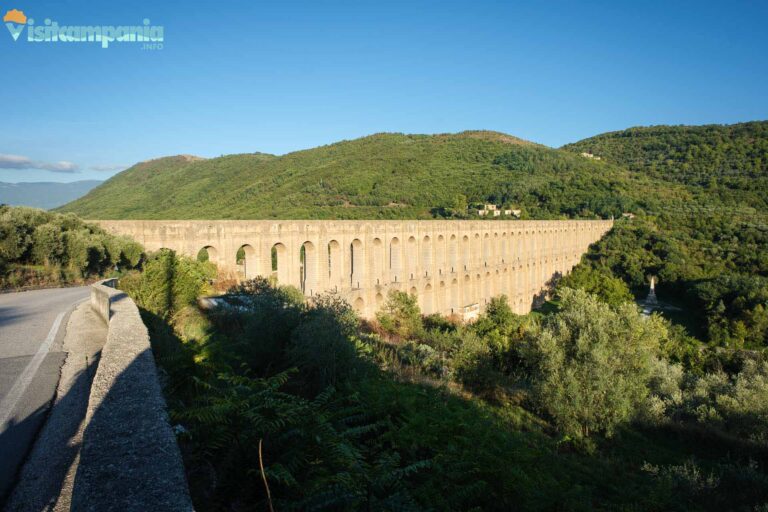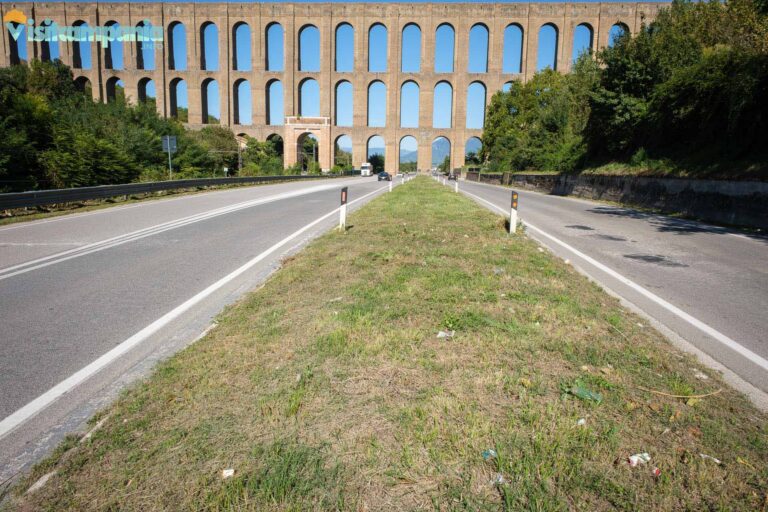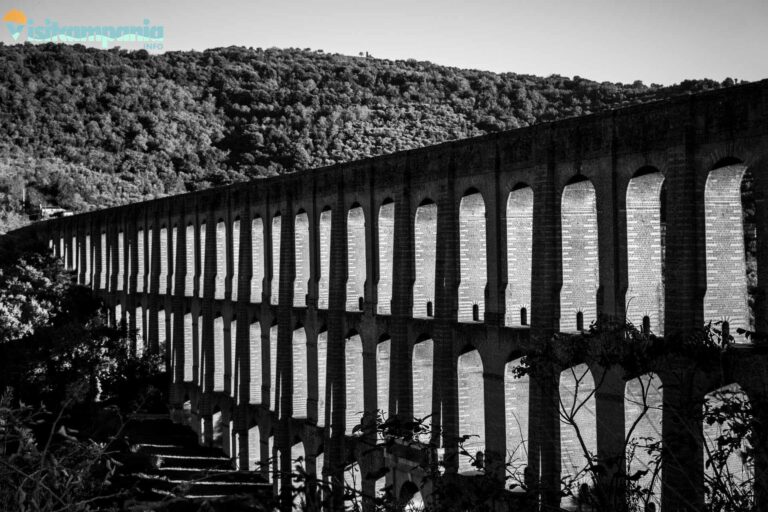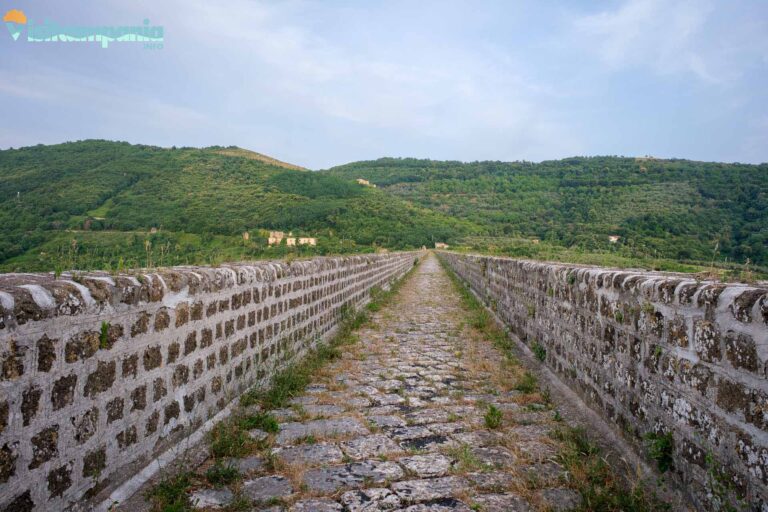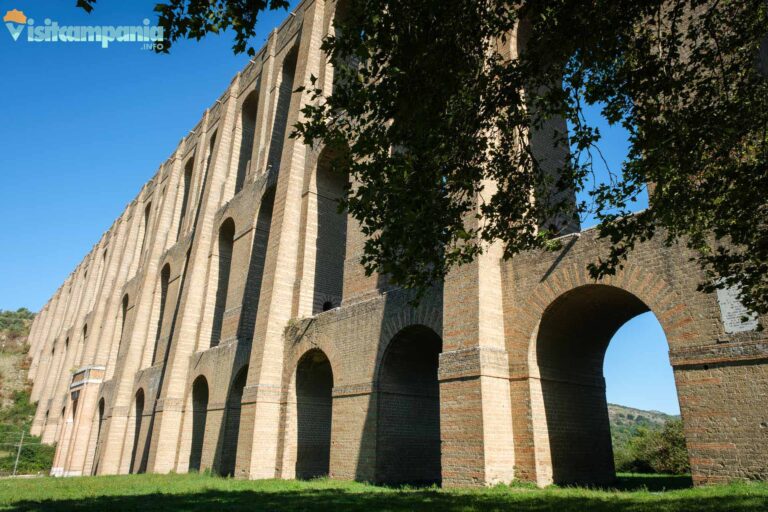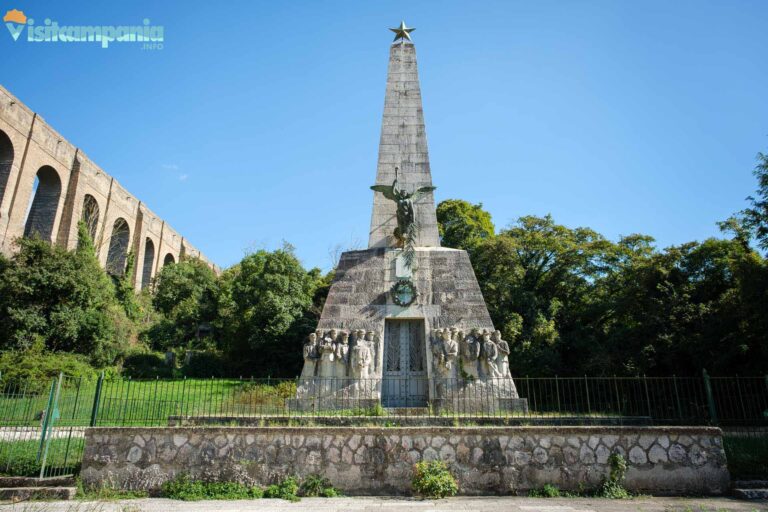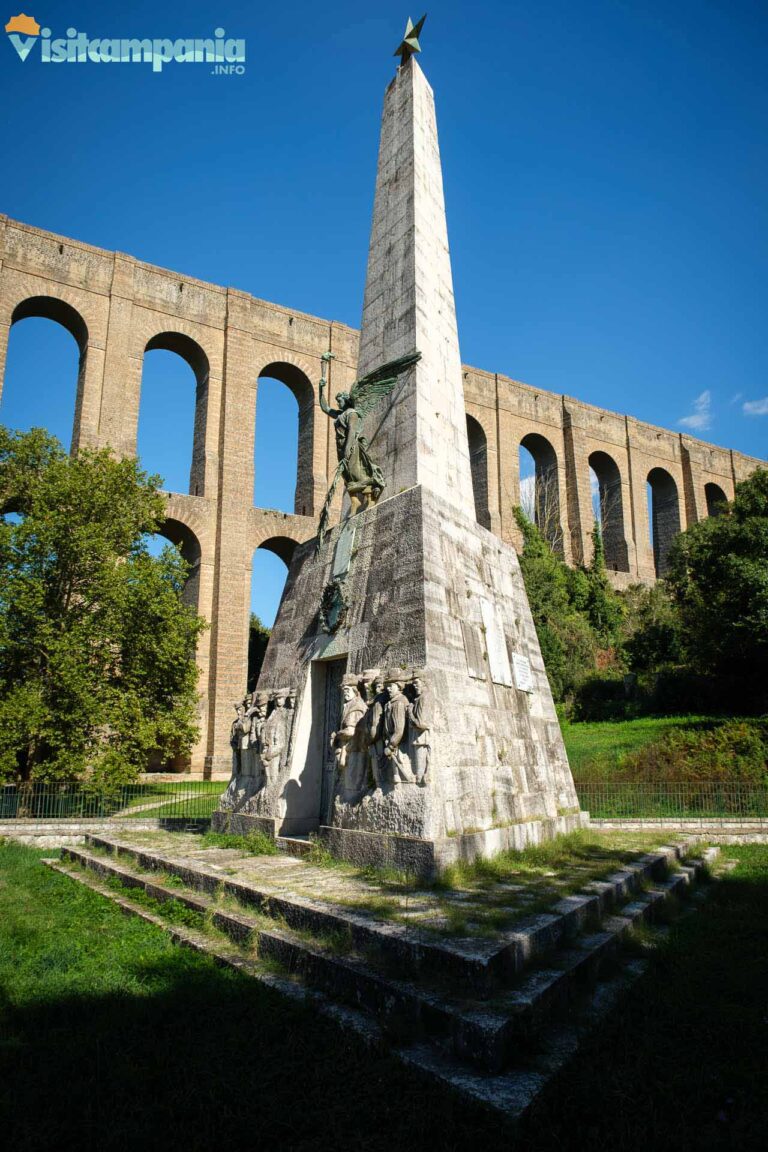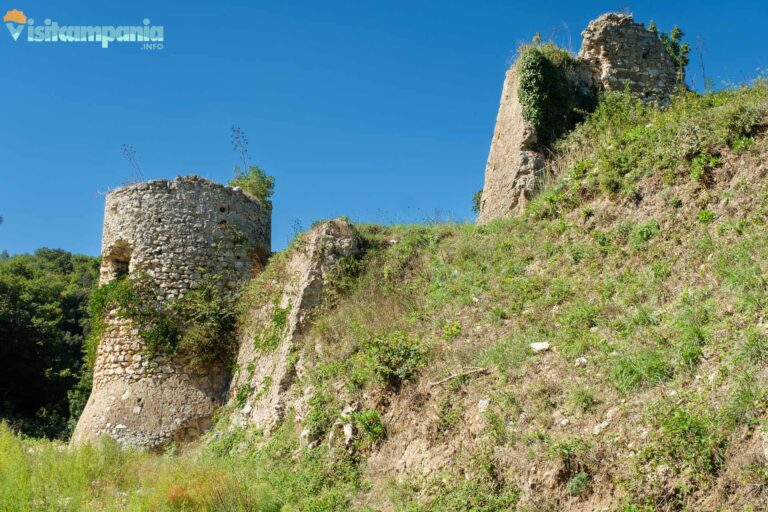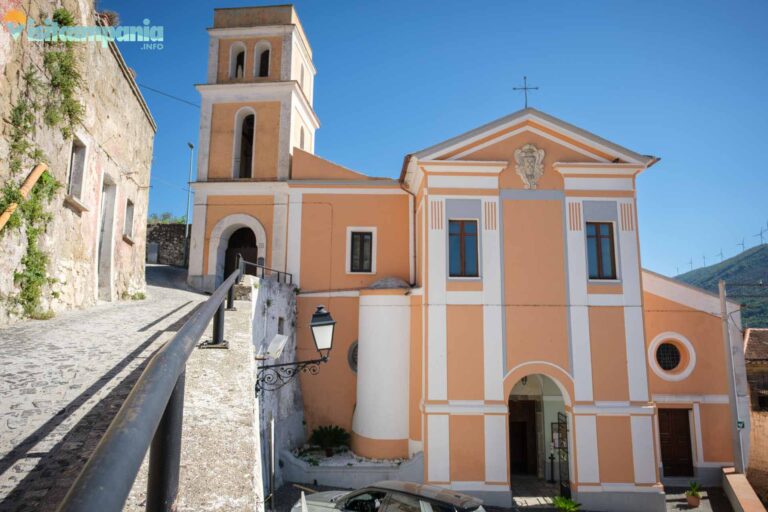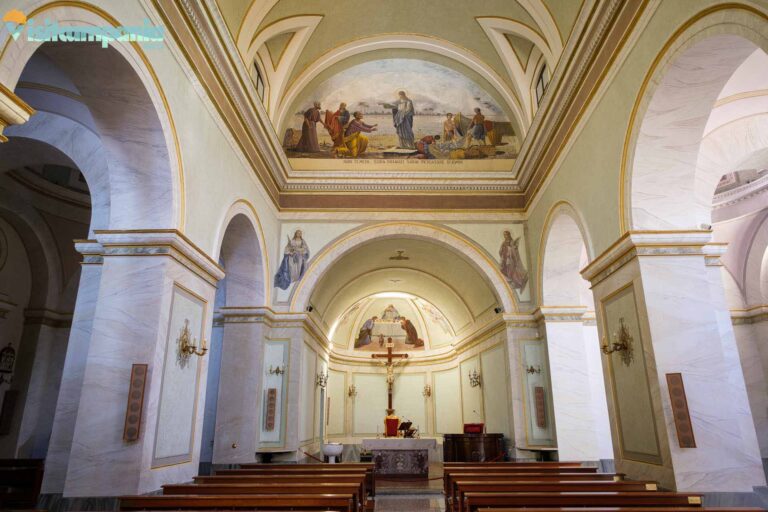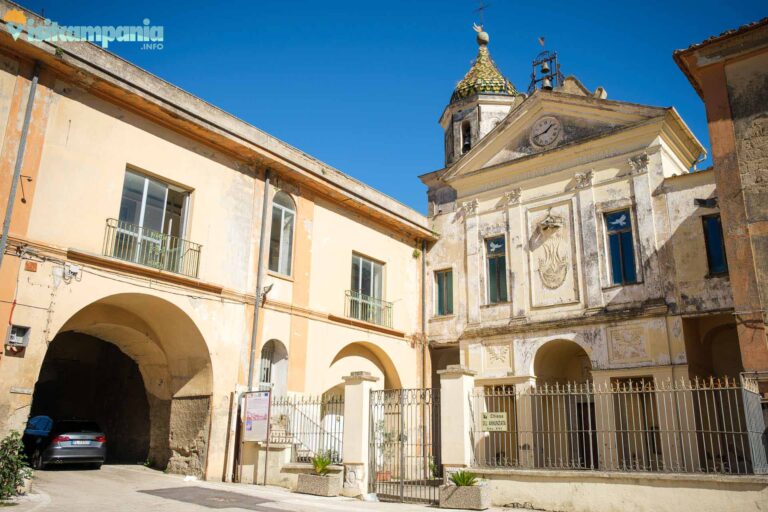What is Valle di Maddaloni
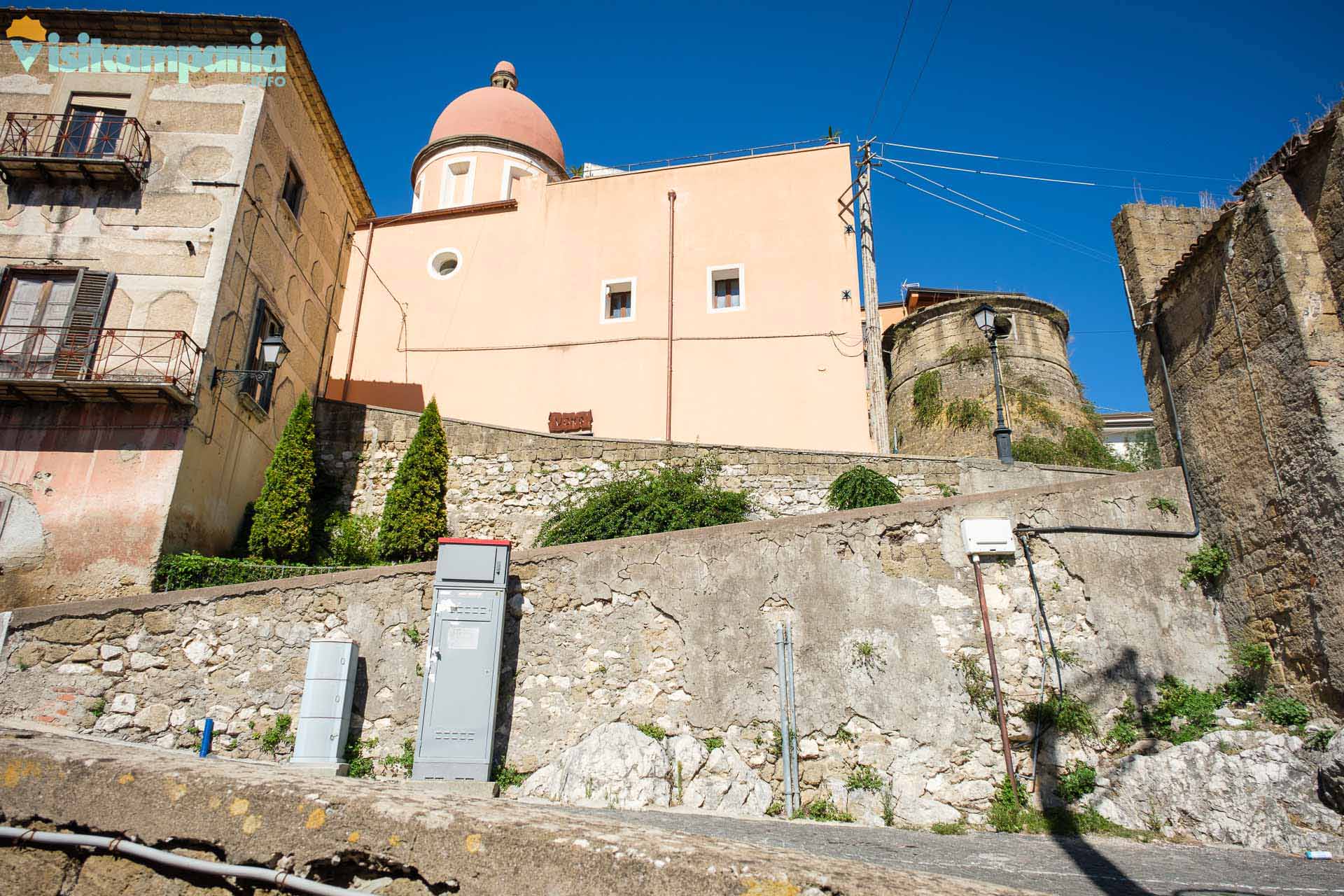
Valle di Maddaloni is a small village in Campania, located in the province of Caserta , at the foot of Monte Castello. It is about 15 km from Caserta and less than 60 km from Benevento. The town, which has just over 2,600 inhabitants, stands out for its green hills, rich in high-quality apple and olive crops . The origins of the village date back to the medieval period, probably linked to the construction of a castle in the 11th century. The castle was attacked by Goths , Vandals and Saracens . It then changed hands between various dynasties, until it became the property of Charles III of Bourbon in 1753 with the entire fiefdom of Valle. A fundamental stage in the history of the town was the construction of the Carolino Aqueduct , built to supply the Royal Palace of Caserta . The Ponti della Valle, part of the aqueduct, cross the territory of Valle di Maddaloni, adding further charm to its landscape. The village also played an important role in the history of the Unification of Italy , having been the scene of one of the crucial phases of the Battle of Volturno , a clash between Garibaldi’s men and the Bourbon troops in 1860. The battle marked the last attempt by Francis II to defend the Kingdom of the Two Sicilies . The latter finally fell on 13 February 1861.
What to see in Maddaloni Valley
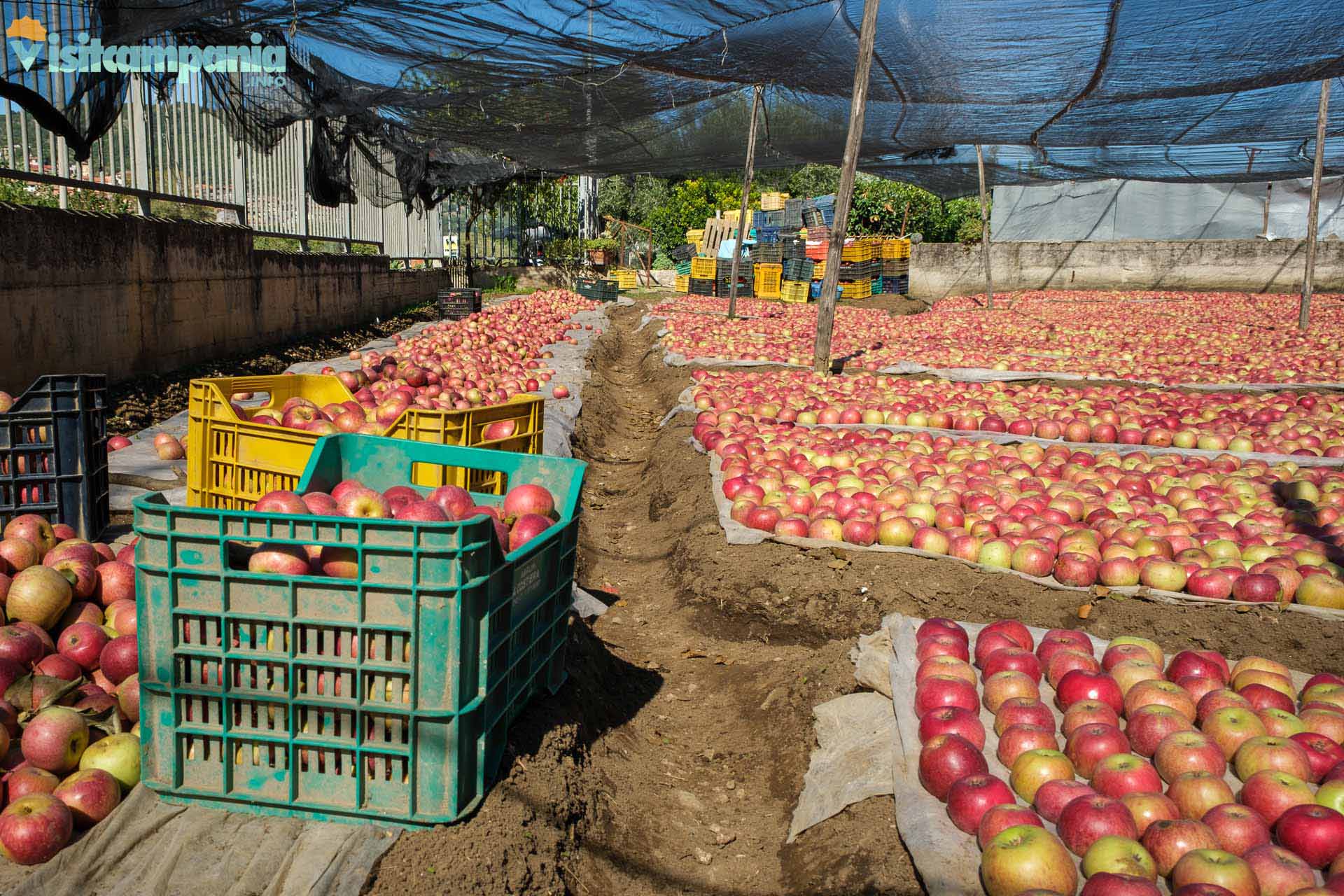
Valle di Maddaloni is a small town that does not have any particular attractions except for the Ponti della Valle , a UNESCO heritage site since 1997. However, walking through its medieval alleys is a pleasant experience that allows you to come into contact with a community still tied to the cultivation of the land, in particular of the apple, a true local agri-food excellence. The characteristic festival that every year, in October , enlivens the narrow alleys of the village is dedicated to the apple. Finally, near the Ponti, there is a Monument Ossuary to the Fallen Garibaldini , in memory of the war events that have gone down in history with the name of the battle of the Volturno.
The Valley Bridges and the Carolino Aqueduct
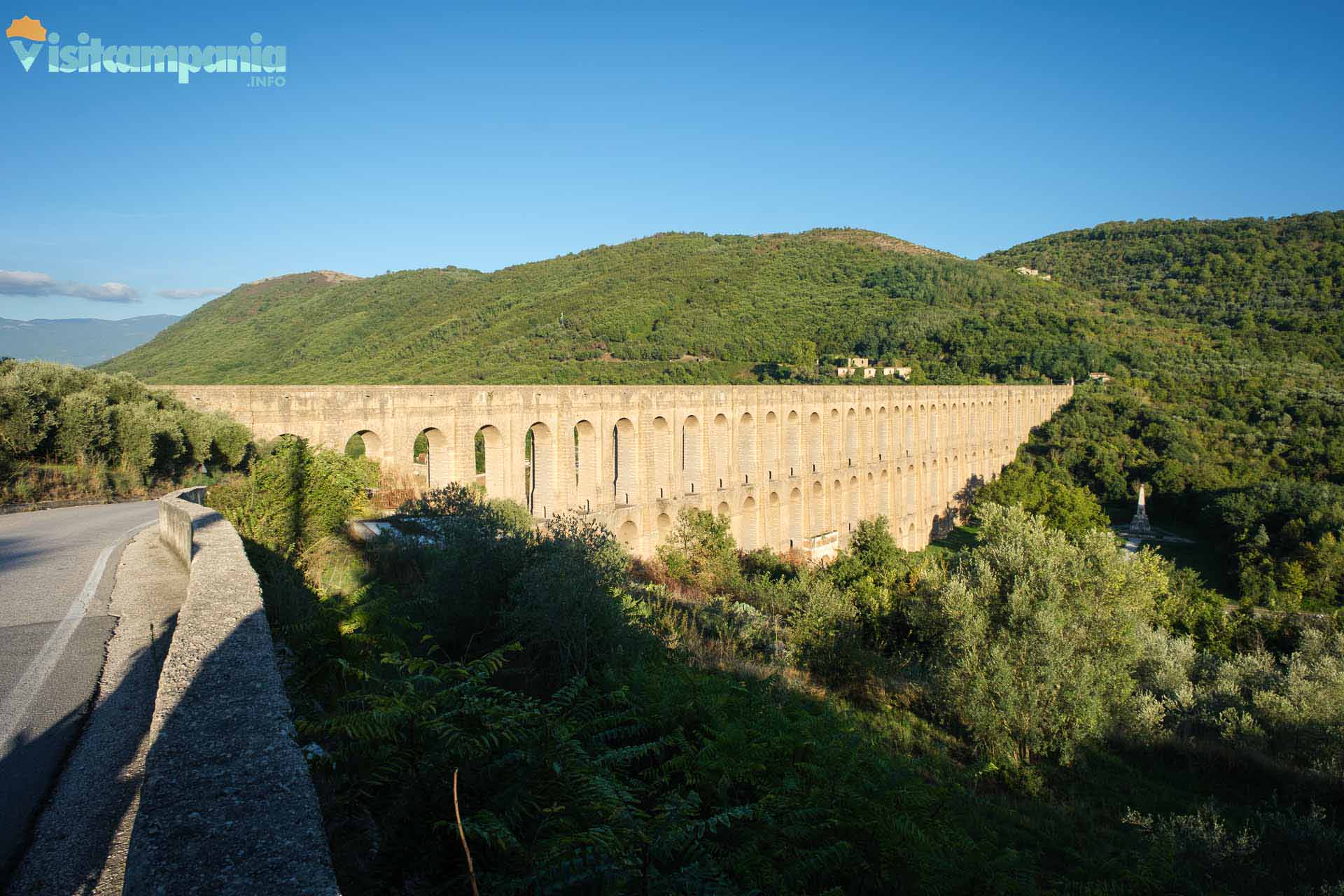
The Carolino Aqueduct, designed by Luigi Vanvitelli in the mid-18th century and still in use , is a monumental work. It has been part of the UNESCO heritage since 1997 together with the Royal Palace and the Real Belvedere of San Leucio , both in Caserta . Among its best-known components are the Ponti della Valle , a structure 529 meters long and 60 meters high , which at the time was the longest bridge in Europe . Completed in 1759 and inaugurated in 1760 , the Bridges cross the Maddaloni Valley connecting Mount Longano with Mount Garzano. Their structure, inspired by Roman aqueducts, rests on 44 pillars and is divided into three orders of arches . The upper walkway is delimited by embankments and is almost two meters wide. The Ponti della Valle, whose construction quality is demonstrated by the fact that they have resisted three devastating earthquakes without suffering structural damage, are not accessible except on special occasions and events . However, there is no shortage of panoramic points in the surroundings from which to admire them in all their suggestive grandeur. First of all, you can cross them by taking the SS265 “fondo valle Isclero” that connects the Caserta area to the Benevento area. Other panoramic points are scattered along via Giuseppe Impastato that from Caserta leads to Valle di Maddaloni crossing Mount Garzano.
Right on Mount Garzano, a privileged observation point is located near the Sanctuary of San Michele and Santa Maria del Monte . At the base of the Ponti, on the east side of the SS265 near the Ossuary of Garibaldi, there is then the road, with parking, that leads to the Benevento end of the structure on Mount Longano . Here, in a raised and particularly panoramic position, there is a hydrometric station for measuring the flow of water from which you can also see the entire upper walkway up to the opposite side of the valley.
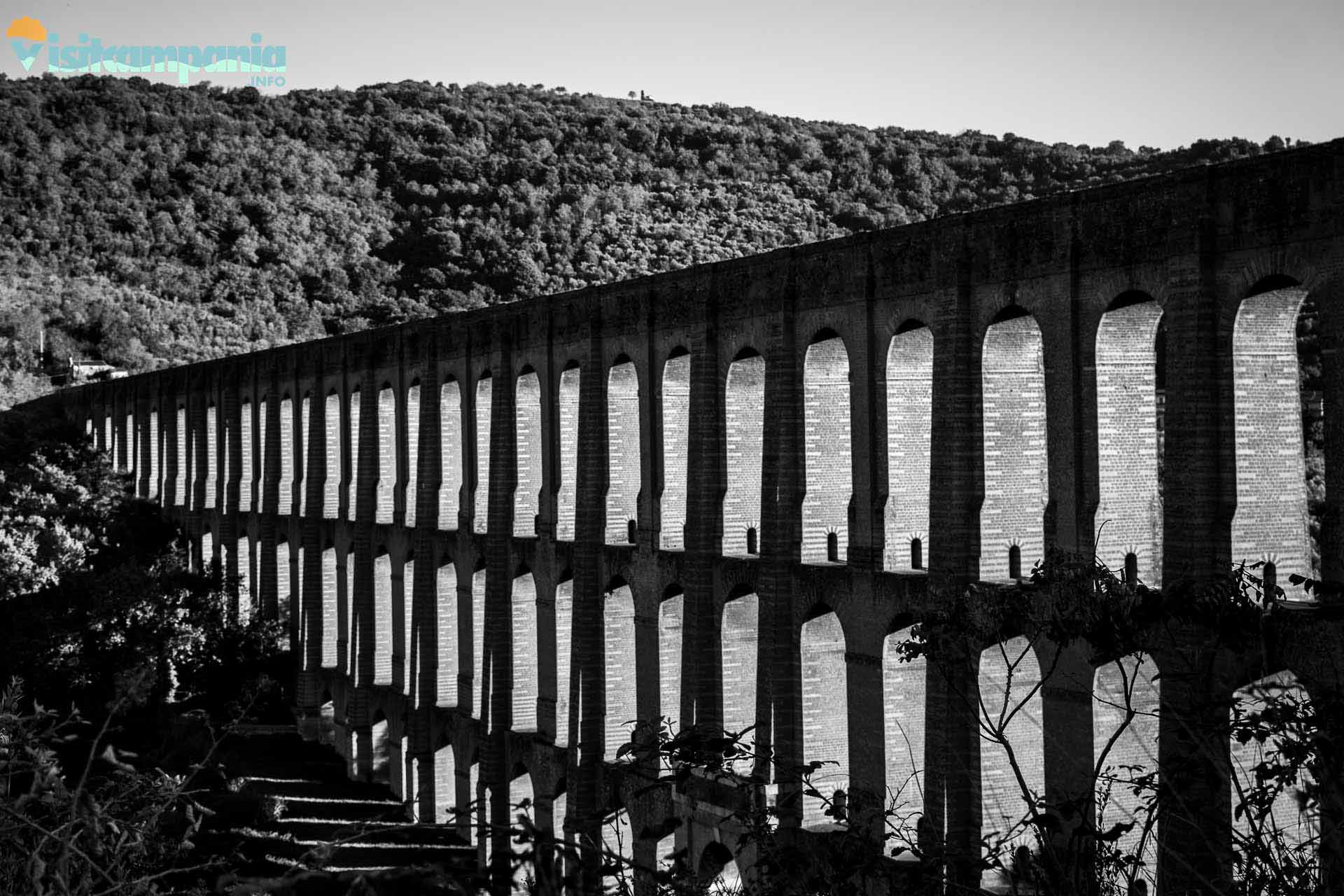
From here also starts the easy trekking route that retraces a buried section of the aqueduct marked by various inspection towers. Finally, the Bridges are clearly visible from various points of the town of Valle di Maddaloni.
The Ossuary Monument to Garibaldi’s Fallen
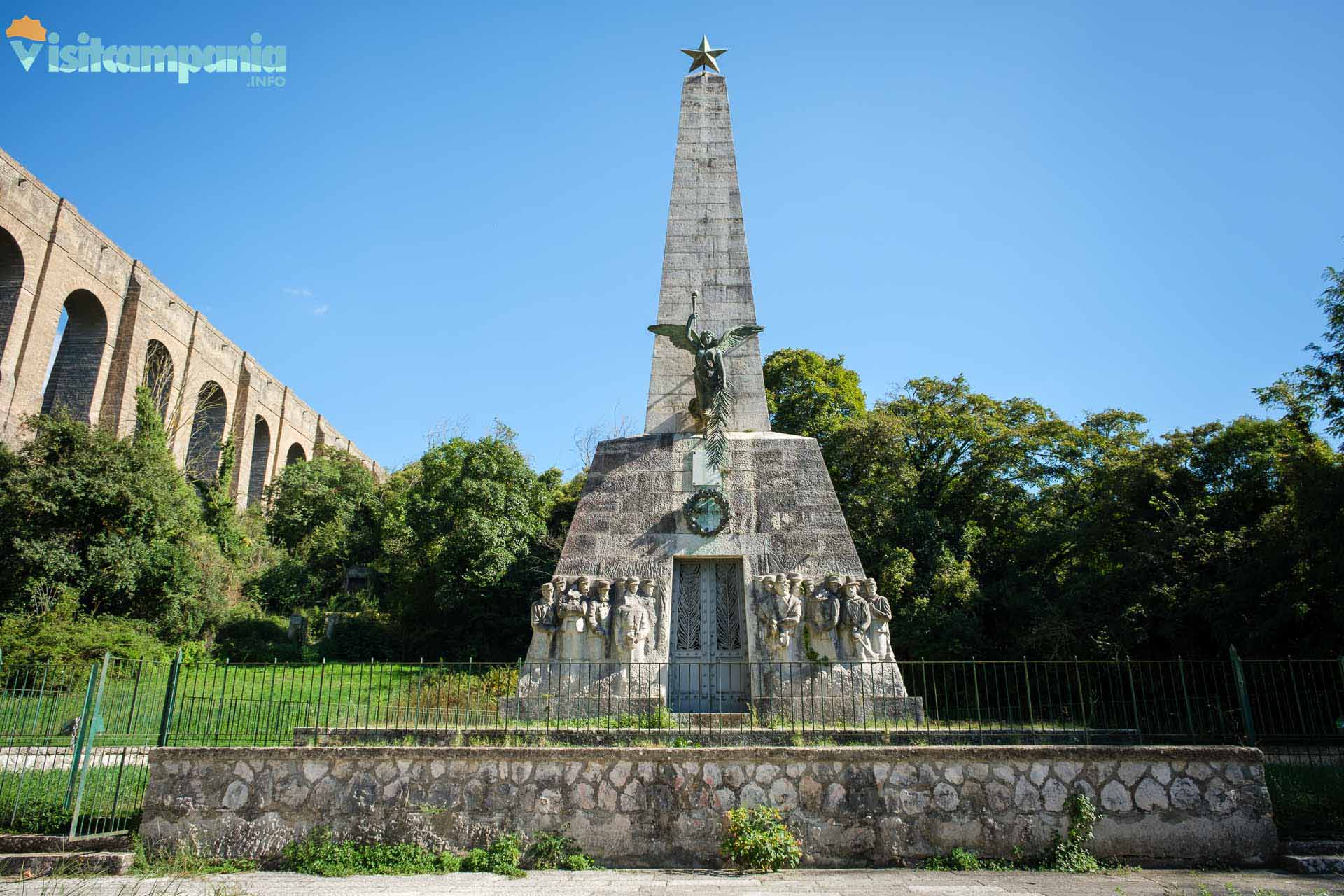
At the foot of the majestic Carolino Aqueduct is a monument-ossuary, inaugurated on 1 October 1899, which preserves the remains of the soldiers who fell in the Battle of the Volturno in 1860. The monument, about 19 metres high , is dominated by a triangular obelisk surmounted by the star of Italy . At the base is the entrance to the ossuary, protected by an iron door decorated with palm branches, a symbol of glory and sacrifice. Above the entrance, high reliefs depict Garibaldi figures, including Nino Bixio , while a bronze statue celebrates the victory of the red shirts.
The castle of Valle di Maddaloni
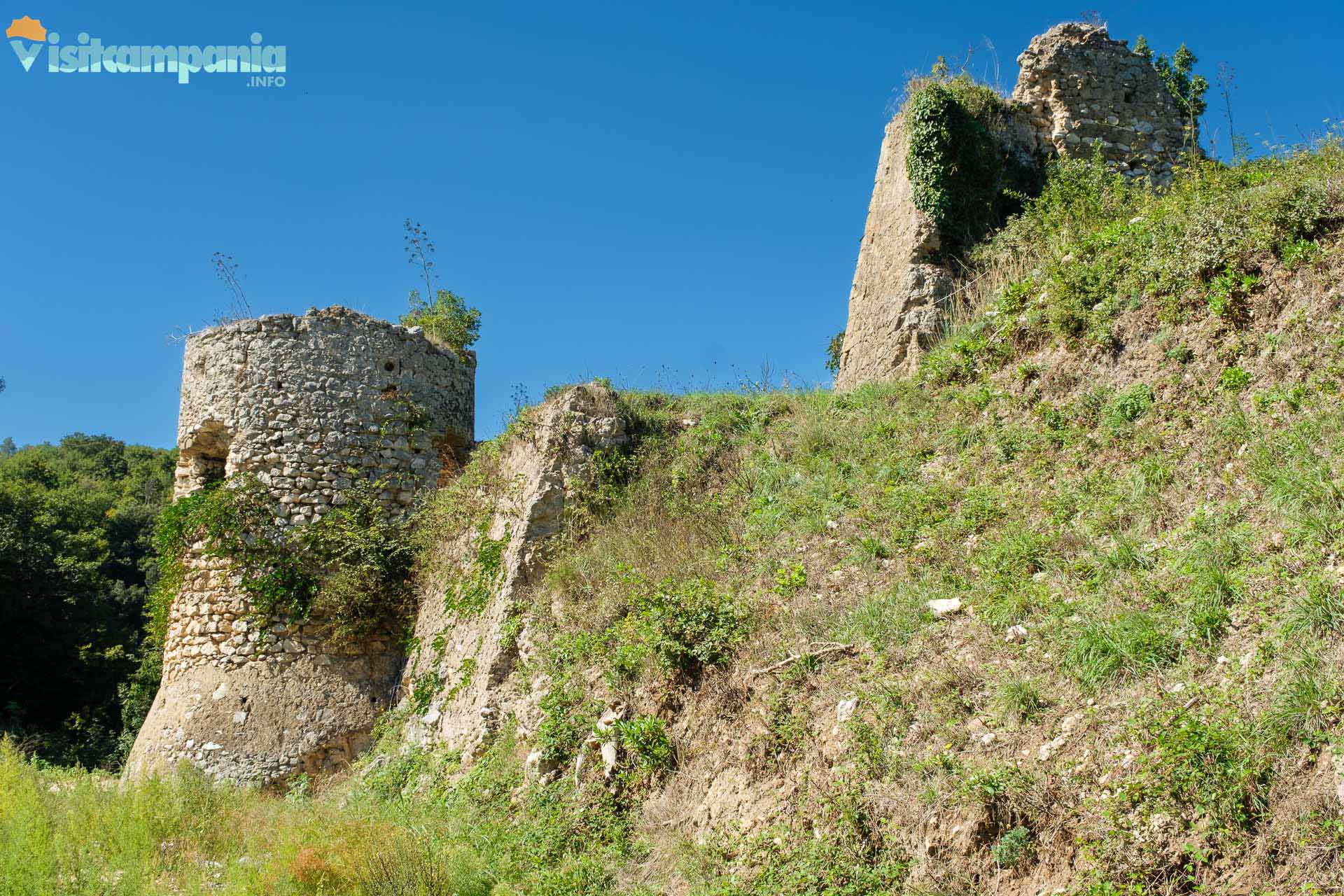
The castle of Valle di Maddaloni, located on the slopes of Monte Castello at about 170 meters above sea level, dates back to the 11th century and has seen various historical phases. Once a symbol of the Terra di Valle, it passed through various owners, including Charles I of Anjou and the Artois family, until it was sold to Diego Della Ratta in 1285 and acquired, with the entire fiefdom of Valle, by King Charles III in 1753. Over time, the castle underwent several transformations . An inventory of 1544, drawn up on behalf of the Viceroy Don Pietro di Toledo , described its interior in detail, including a church dedicated to Santa Maria del Castello. However, by 1753 the structure was in ruins as evidenced by a new inventory. After almost three centuries the situation has not improved and only suggestive ruins remain of the castle, easily accessible from the road.
Parish of St. Peter the Apostle
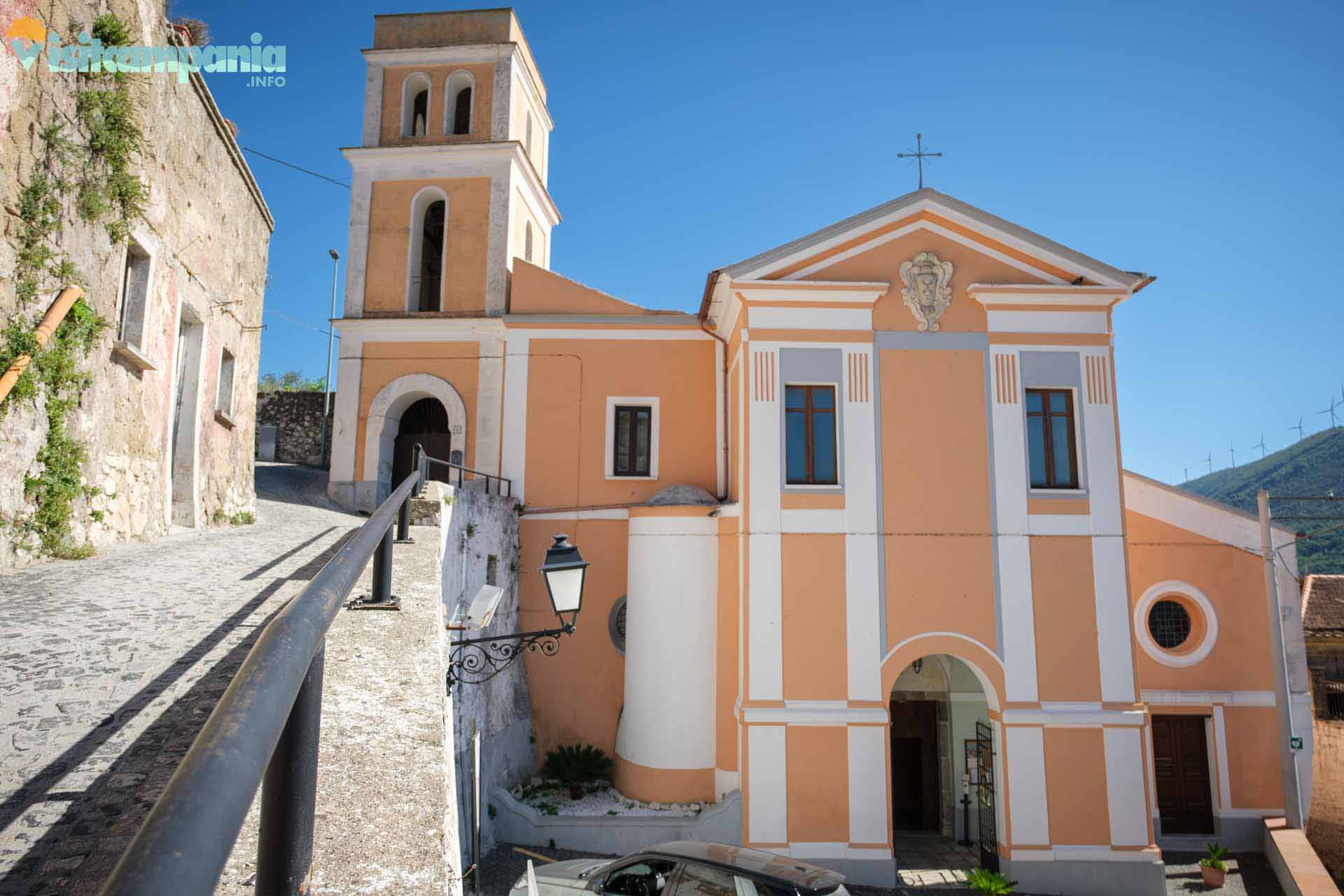
The parish of San Pietro Apostolo, in the heart of Valle di Maddaloni, overlooks the small square of the same name enclosed by winding medieval alleys. Its origins date back to the period between the 10th and 11th centuries , with the first documented mention in 1308, during the decline of the Lombard dominion. In 1601, due to poor conditions, the original church was demolished and rebuilt, completed in 1621. Inside, the church has a central nave, characterized by a barrel vault, and two side naves with chapels. Interesting details are a marble stoup and a sandstone holy water font. The three-level bell tower adds further charm to the building.
Church of the Most Holy Annunciation
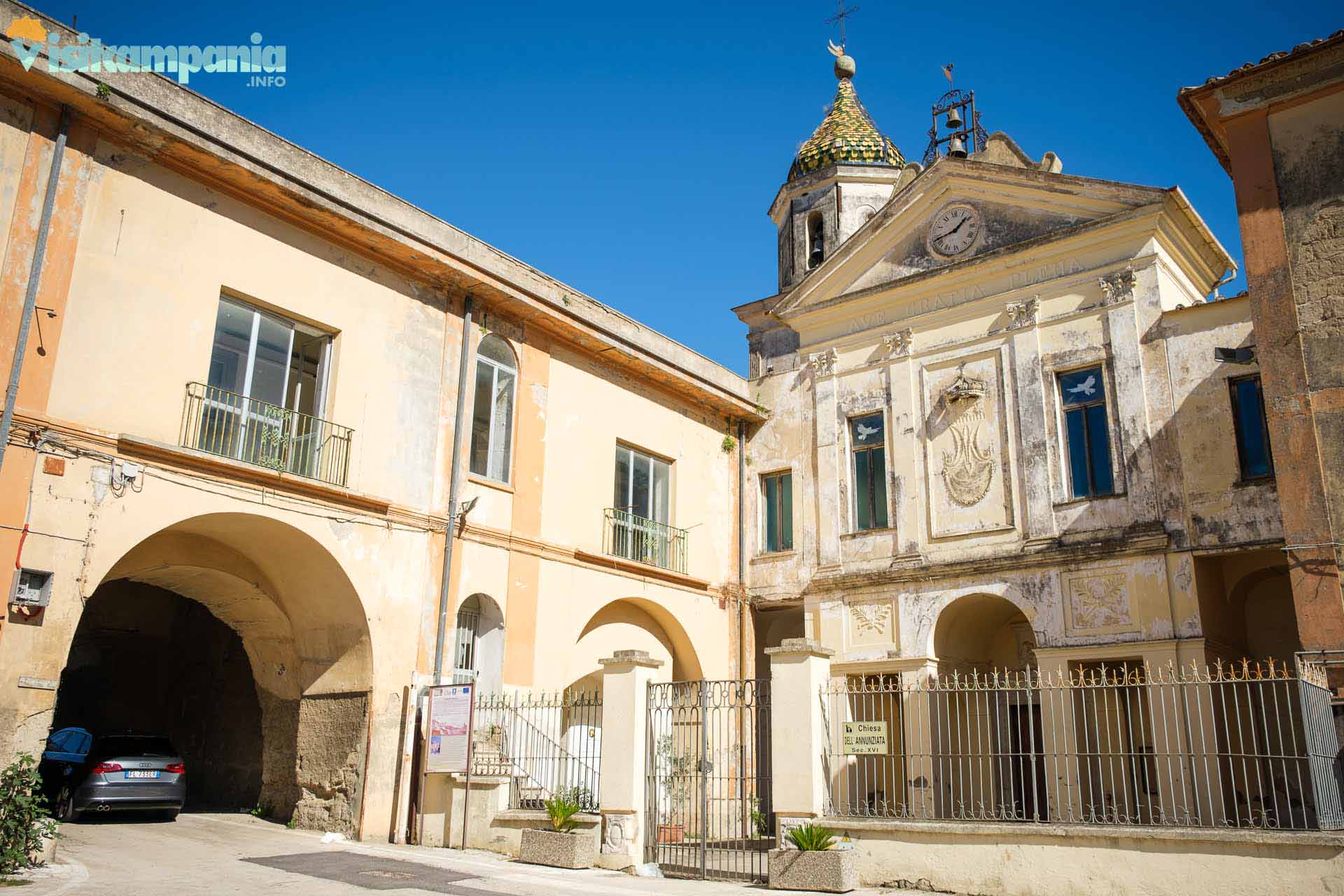
The Church of the Blessed Virgin of the Annunciation, dating back to the 16th century , is a building with simple architecture, but rich in history. The structure has a central nave with a barrel vault and two side naves with chapels, characterized by cross vaults. The heart of the church is the high altar in white marble , enriched with decorations in yellow serpentine and red levanto, flanked by a decorated wooden choir. Above the altar, a fresco of the Annunciation from 1749 adorns the vault. First mentioned in 1514, the church has undergone various restorations, especially in the 18th and 19th centuries , to repair damage and improve the decoration. An important event took place in 1753 , when a solemn Te Deum was sung to celebrate the purchase of the fief of Valle by Charles III. Today, the church maintains its historic charm, offering visitors a place of worship and reflection enriched by works of art.

